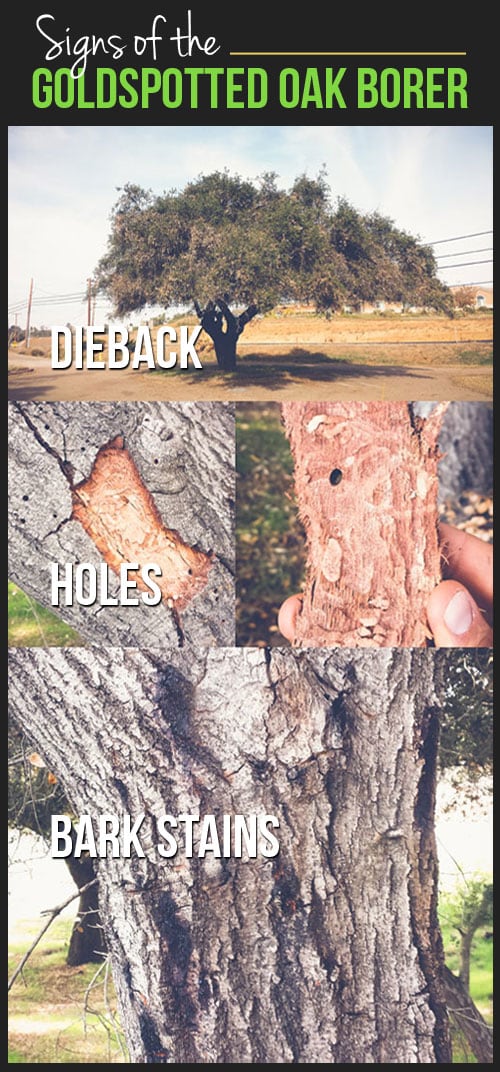Acknowledging The Requirement For Tree Removal: A Guide For Homeowners
Acknowledging The Requirement For Tree Removal: A Guide For Homeowners
Blog Article
Published By-Merrill Long
Trees add charm and value to home, however they can also posture a risk throughout extreme weather events. If a tree has stopped expanding, is showing noticeable fungal development, or has a leaning trunk, it should be gotten rid of by a specialist to avoid building damages and injury.
To learn more, attend https://small-stump-removal-tool61727.frewwebs.com/29916871/preserving-your-assets-through-strategic-tree-administration -hosted by HPD, the Facility for New York City Neighborhoods, and Brooklyn-based housing partners this evening in Bedford-Stuyvesant. The event will feature the Home owner Manual, a new guide to help home owners browse the responsibilities of owning a home.
1. Dead or Dying Branches
Trees are an integral part of your home's landscape, using shade and beauty. They likewise give sanctuary for wildlife and create oxygen, but even healthy and balanced trees can experience health problems that may require their elimination. Dead or passing away trees aren't just undesirable, they can be unsafe. Their branches might drop throughout a storm, causing costly residential or commercial property damages and injuries.
When a tree's branches begin to die, it indicates that its framework is starting to break down. If the majority of its branches are dead, it is likely time to remove it.
Seek an absence of brand-new development, bark peeling, open wounds or dental caries, fungis growing on the trunk or roots and a general look of decay in the entire cover. These indicators of infection can show a severe problem that will call for expert tree solutions to deal with.
2. Leaning Trunk
While it's typical for trees to lean every so often as a result of phototropism, if a tree has a dangerous or extreme lean that's not because of natural processes - maybe an indication that the tree needs to be gotten rid of. If the tree is leaning toward a power line, home, vehicle, play structure or any other location that could be harmful to individuals if it falls, then getting in touch with an expert tree solution for removal must be a top concern.
It's likewise essential to watch for any type of sudden changes in a tree's leaning as it can show damages to the roots or trunk that may lead to falling. This is specifically real throughout thundercloud, since high winds and rain-soaked soil can create a lean to change rapidly. Regular monitoring, especially throughout and after storms can aid property owners acknowledge prospective troubles with their trees so they can call an arborist for an extensive examination.
3. Pest Invasion
Some pest problems, such as wood-boring pests like emerald ash borer or sap-suckers like range pests, are so serious that they can cause a tree to die. The best method to prevent pest infestation is to monitor your trees often. Try to find places, holes, or stainings in the fallen leaves and bark. Analyze the trunk for splits and indications of insect damage, such as passages or tracks.
If a tree becomes too plagued with pests, or is close to a home or high-voltage line, an arborist might suggest elimination. If a leaning tree develops a new, unstable lean, an arborist will likely recommend elimination also to make certain the security of individuals and building. If https://does-bleach-kill-trees40627.howeweb.com/29912679/the-importance-of-employing-a-licensed-arborist-for-tree-elimination damaged or dead tree consistently loses too much branches, it is an indicator that it is time to eliminate the tree. If a tree remains to drop branches for an extensive period of time, it could cause structural troubles and possible home damage.
4. Harmed Trunk
Trees are a stunning and fundamental part of our landscape, however they do call for normal care to maintain them healthy and balanced and risk-free. If a tree is damaged beyond repair it is likely time for it to find down.
Look for indications of damages to the trunk, consisting of vertical fractures, joints, dead branch stubs, visible injuries or open dental caries and severe tree-rot. The existence of fungi at the base of the trunk is an additional alerting indication. Fungi might show that the phloem and xylem (life-support tissues) are jeopardized, permitting the spread of condition or a future failing.
Additionally, take into consideration whether the tree has actually quit expanding. linked web site will have brand-new growth every year, which might be visible as buds or branches growing and prolonging. If you do not see any type of brand-new development, it's a great idea to have an arborist assess the tree and follow their recommendation for elimination. A dying or harmed tree can fall and trigger residential property damage.